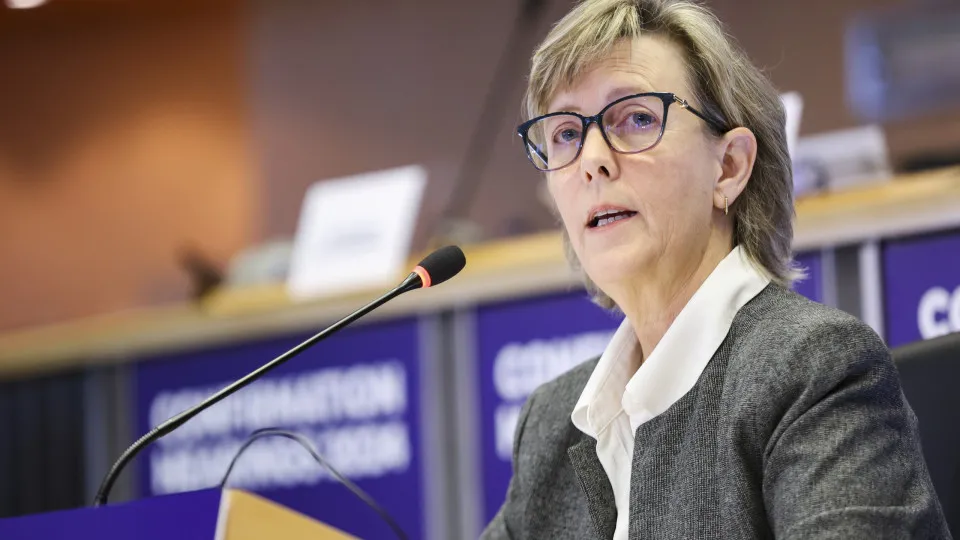
“The issue of sanctions and the loan is something being prepared by the European Union, and our conviction is that the way it is conceived—and it is a process that is not yet concluded—is precisely to avoid posing risks to financial stability,” stated the European commissioner responsible for Financial Services, the Saving Union, and Investments.
In an interview with Portuguese journalists in Brussels, Maria Luís Albuquerque, who oversees EU sanctions on Russia following its invasion of Ukraine in February 2022, indicated that this new mechanism would be “a way to respond to Ukraine’s support needs without risking the financial stability of the European Union.”
“That is exactly the framework in which this loan is being prepared, as it is a joint responsibility of several commissioners,” concluded the Portuguese European commissioner.
This position follows the ECB President Christine Lagarde’s demand on Monday that the new reparations loan to Ukraine, proposed by the European Commission and based on frozen Russian assets in the EU, should not affect financial stability.
The European Commission intends to present its proposal in the coming weeks and expects approval from European leaders for the mechanism to be operational by the spring of 2026.
To continue supporting Ukraine, the European executive will propose a reparations loan based on Russian assets frozen by European sanctions against Russia, with an amount calculated based on Ukraine’s financial needs over the next two years.
The total amount of 140 billion euros would be mobilized for Ukraine in tranches and under conditions, with which the country could finance its defense industry and budgetary expenses.
This involves a credit favoring Ukraine based on the frozen financial assets of the Russian Central Bank under EU control, with reimbursement contingent upon Russia’s payment of reparations.
It is not envisaged that these immobilized Russian assets would be confiscated, continuing frozen, but rather that the EU (and possibly other entities involved) would provide the funds, and when and if Russia pays reparations, the funds would be used to reimburse creditors.
To minimize risks, it would be up to EU countries to provide guarantees similar to those of the European budget, based on national income, though each government would decide individually whether to participate in the mechanism.
Currently, there are around 210 billion euros in frozen Russian assets in the EU, mainly in Belgium, home to Euroclear, one of the world’s largest financial securities institutions.
Before the Ukraine war, the Russian Central Bank (and other Russian state institutions) invested part of their international reserves in assets deposited and managed through intermediaries like Euroclear, but due to EU sanctions, these funds remain immobilized, constituting the largest frozen amount in any financial institution worldwide.
The proposal, however, raises legal reservations for potentially resembling expropriation and financial concerns about euro stability.




